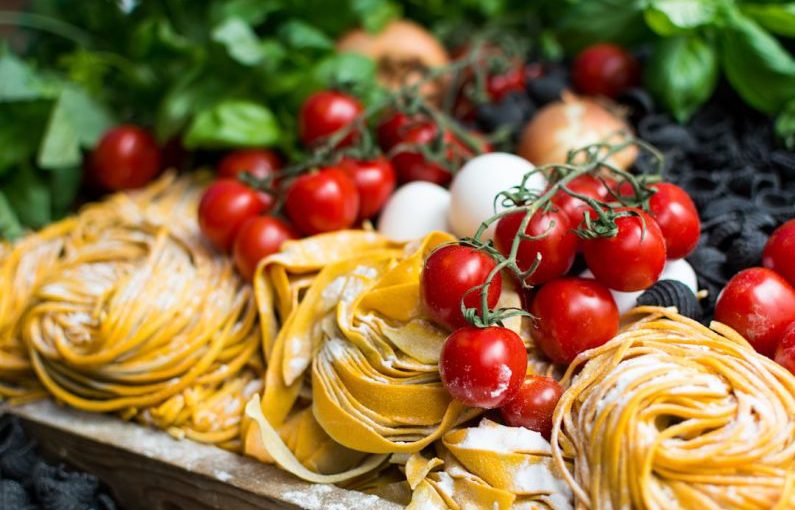When we think of Italian cuisine, the first dishes that come to mind are typically pizza and pasta. However, Italy’s culinary tradition is much more diverse and rich than these two popular staples. From the northern regions of Piedmont and Lombardy to the southern regions of Sicily and Sardinia, Italian cuisine offers a vast array of flavors and ingredients that reflect the country’s diverse landscapes and history.
Exploring Italian Antipasti
Before delving into the main courses, let’s start with antipasti, the traditional Italian appetizers that set the stage for a delightful meal. Antipasti can range from simple bruschetta with tomatoes and basil to more elaborate dishes like prosciutto-wrapped melon or bresaola with arugula and shaved Parmesan. These starters showcase the freshest ingredients and flavors of Italy, often accompanied by a glass of prosecco or a crisp white wine.
Savoring Risotto from the North
Moving on to the northern regions of Italy, we encounter the beloved dish of risotto. While pasta may reign supreme in the south, risotto is the star of the show in the north. Made with Arborio or Carnaroli rice, risotto is cooked slowly with broth until it reaches a creamy consistency. Varieties such as risotto ai funghi (mushroom risotto) and risotto alla Milanese (saffron risotto) highlight the skillful preparation and attention to detail that characterize northern Italian cuisine.
Indulging in Seafood along the Coast
Italy’s extensive coastline provides an abundance of fresh seafood that plays a prominent role in regional cuisines. From the Ligurian coast in the northwest to the Adriatic Sea in the northeast, seafood dishes vary greatly depending on the local catch. Delicacies like fritto misto (mixed fried seafood) from Venice, spaghetti alle vongole (spaghetti with clams) from Naples, and pesce al cartoccio (fish cooked in parchment) from Sicily showcase the diversity and creativity of Italian seafood preparations.
Embracing the Flavors of Tuscany
Tuscany, with its rolling hills and fertile landscapes, is known for its rustic yet elegant cuisine. Dishes like bistecca alla Fiorentina (Florentine steak), ribollita (Tuscan bread soup), and pappa al pomodoro (tomato and bread soup) highlight the region’s emphasis on simple, high-quality ingredients. Olive oil, fresh herbs, and hearty legumes feature prominently in Tuscan cooking, creating dishes that are both comforting and full of flavor.
Discovering the Culinary Traditions of Sicily
In the southern region of Sicily, a unique blend of Italian, North African, and Middle Eastern influences gives rise to a distinctive culinary tradition. Sicilian cuisine is characterized by bold flavors, vibrant colors, and a diverse range of ingredients. From arancini (rice balls filled with meat or cheese) to caponata (sweet and sour eggplant stew) and cassata (ricotta-filled sponge cake), Sicilian dishes offer a sensory journey through history and culture.
Celebrating Italy’s Sweet Endings
No Italian meal is complete without a sweet ending, and Italy has a rich tradition of desserts and pastries to satisfy any sweet tooth. Tiramisu, the iconic coffee-flavored dessert from Veneto, is a beloved classic that has gained international fame. Other delights like cannoli from Sicily, panna cotta from Piedmont, and gelato from all over Italy showcase the country’s passion for indulgent treats made with the finest ingredients.
Appreciating Italian Cuisine: A Culinary Journey
Italian cuisine is a culinary journey that goes far beyond pizza and pasta. From the appetizing antipasti to the sumptuous seafood dishes, the comforting flavors of Tuscany to the bold creations of Sicily, and the irresistible sweetness of Italian desserts, every region offers a unique and delicious experience. So, next time you sit down to enjoy an Italian meal, remember to explore beyond the familiar favorites and savor the diverse and delightful flavors that Italy has to offer. Buon appetito!





